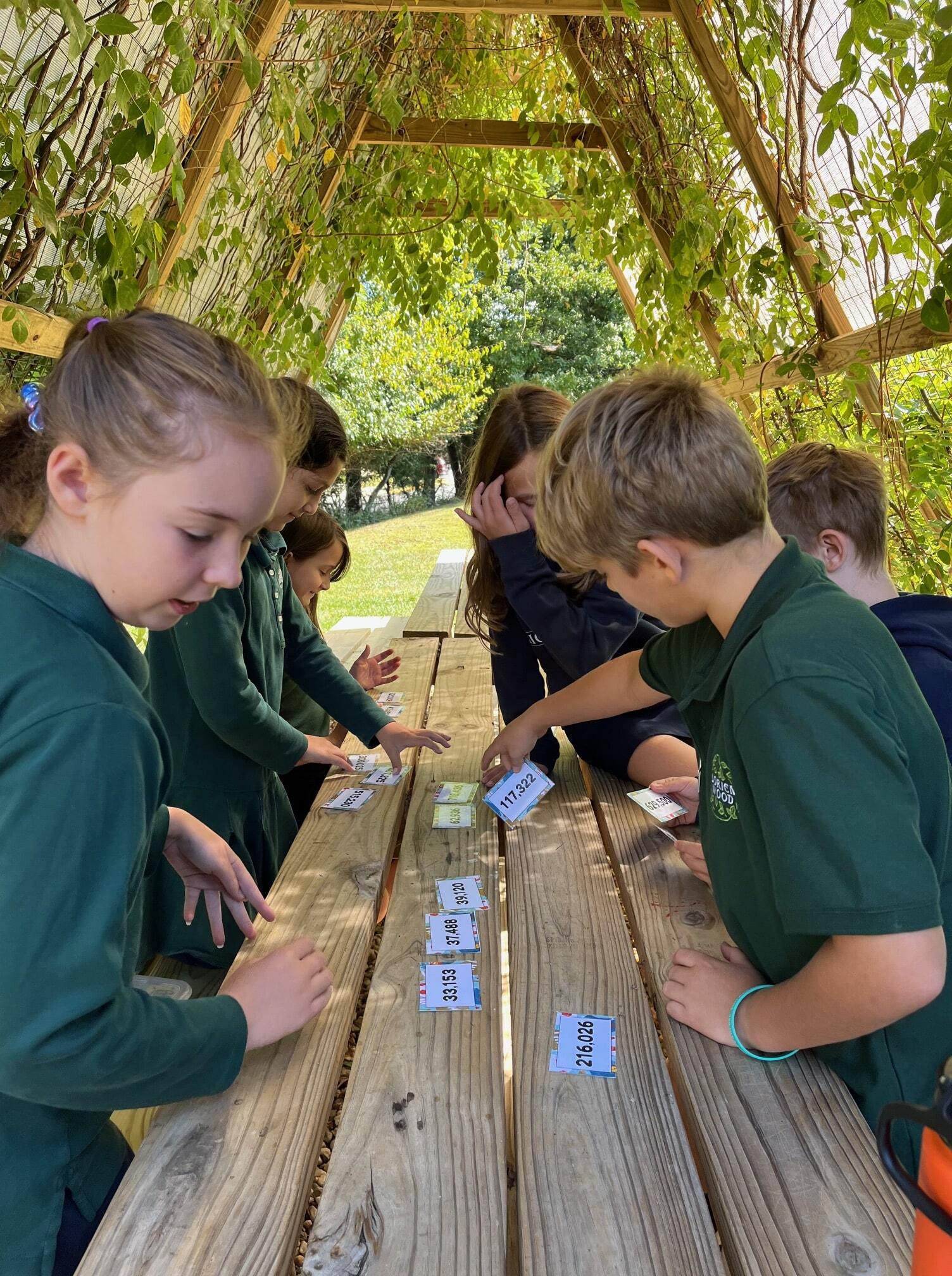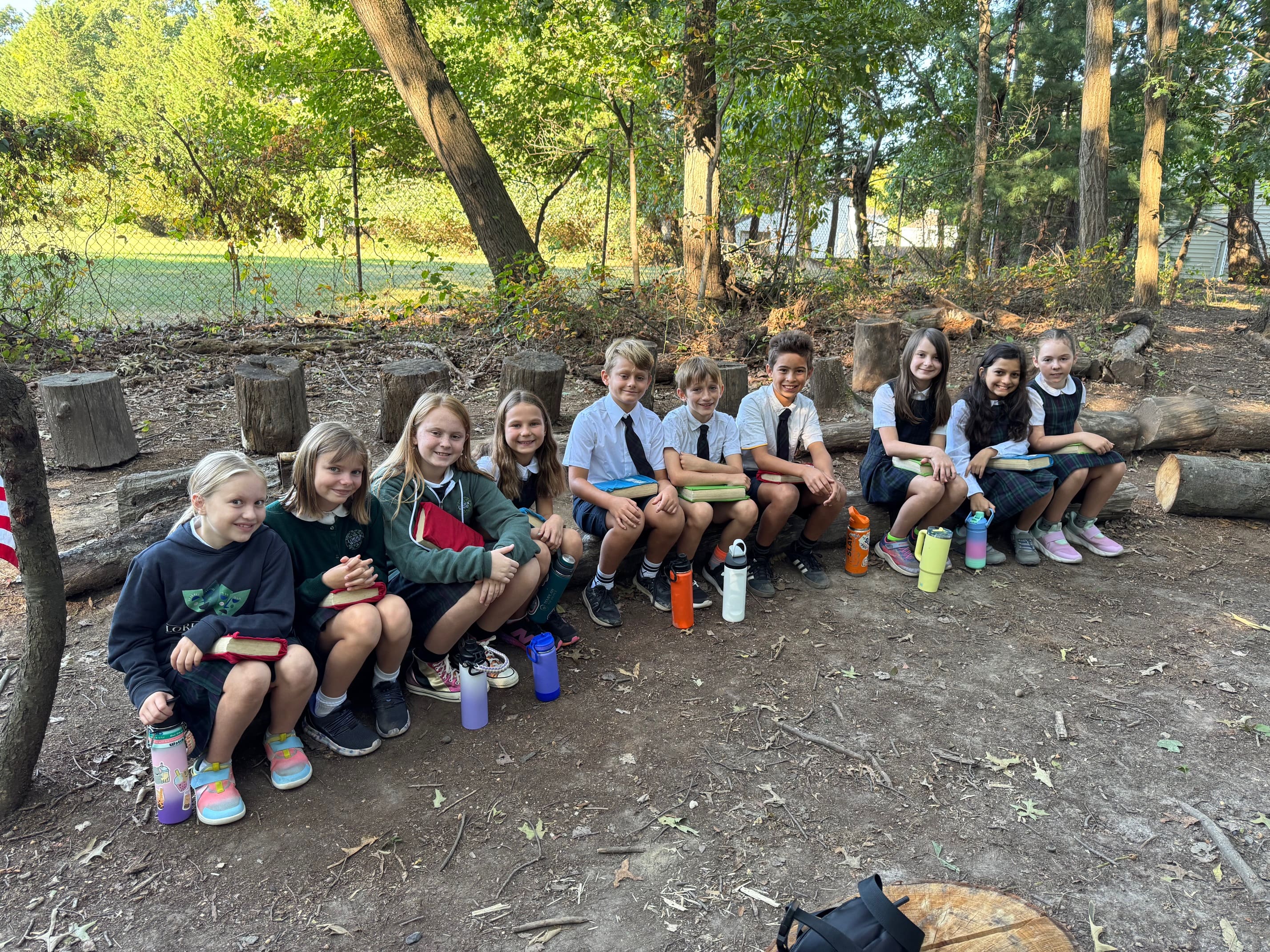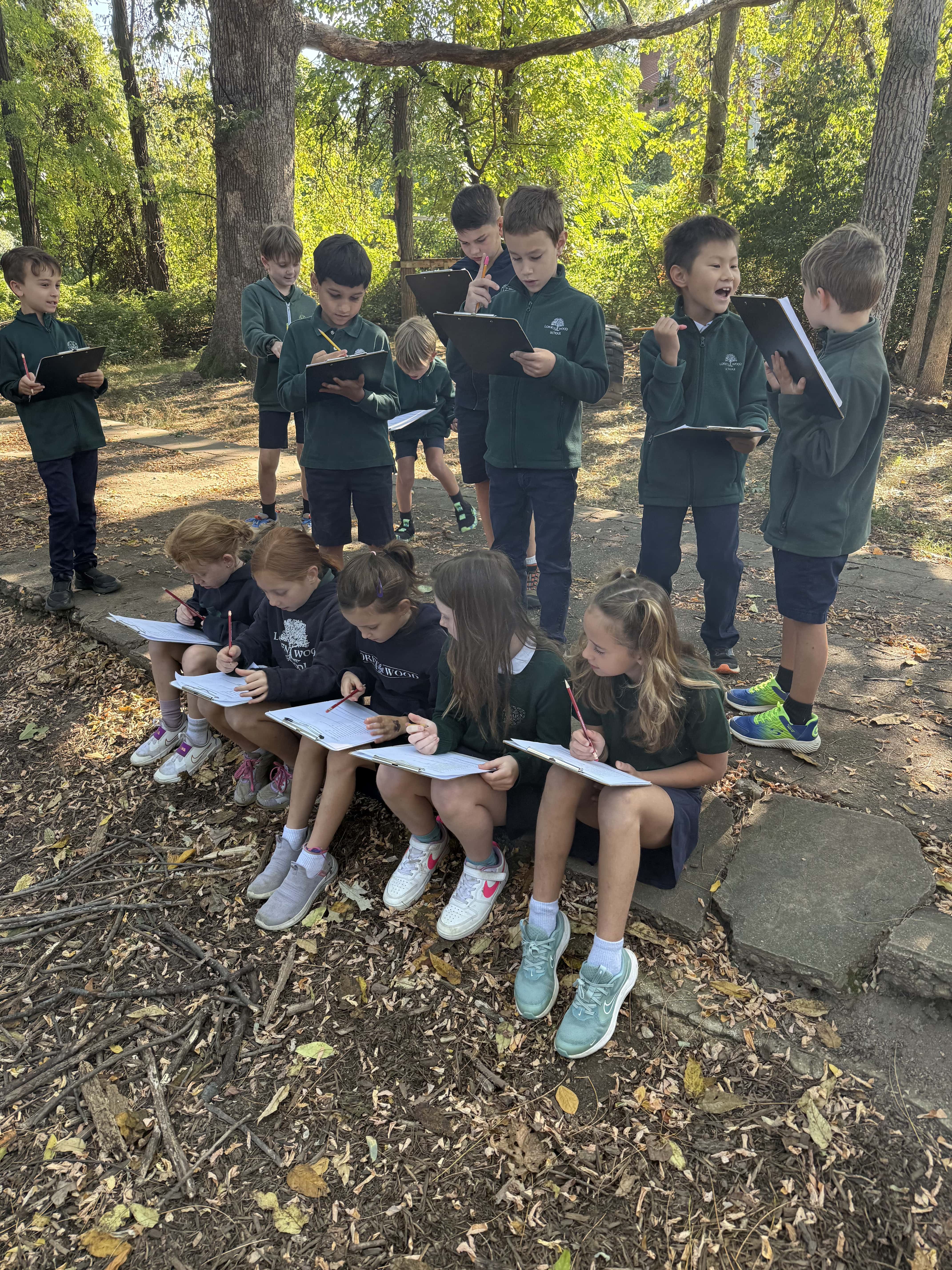
3 min read
Letting Our Children Struggle (On Purpose): Forming Stalwart Hearts for a Noble Adventure
At Lorien Wood, we are committed not only to students’ delight in learning, but also to their formation. Yet we are living in a cultural moment when many well-intentioned parents feel compelled to shield their children from nearly every difficulty:...
Read More






-min.jpeg?width=4284&height=3319&name=IMG_8681%20(1)-min.jpeg)
.jpeg?width=640&height=480&name=image0%20(4).jpeg)